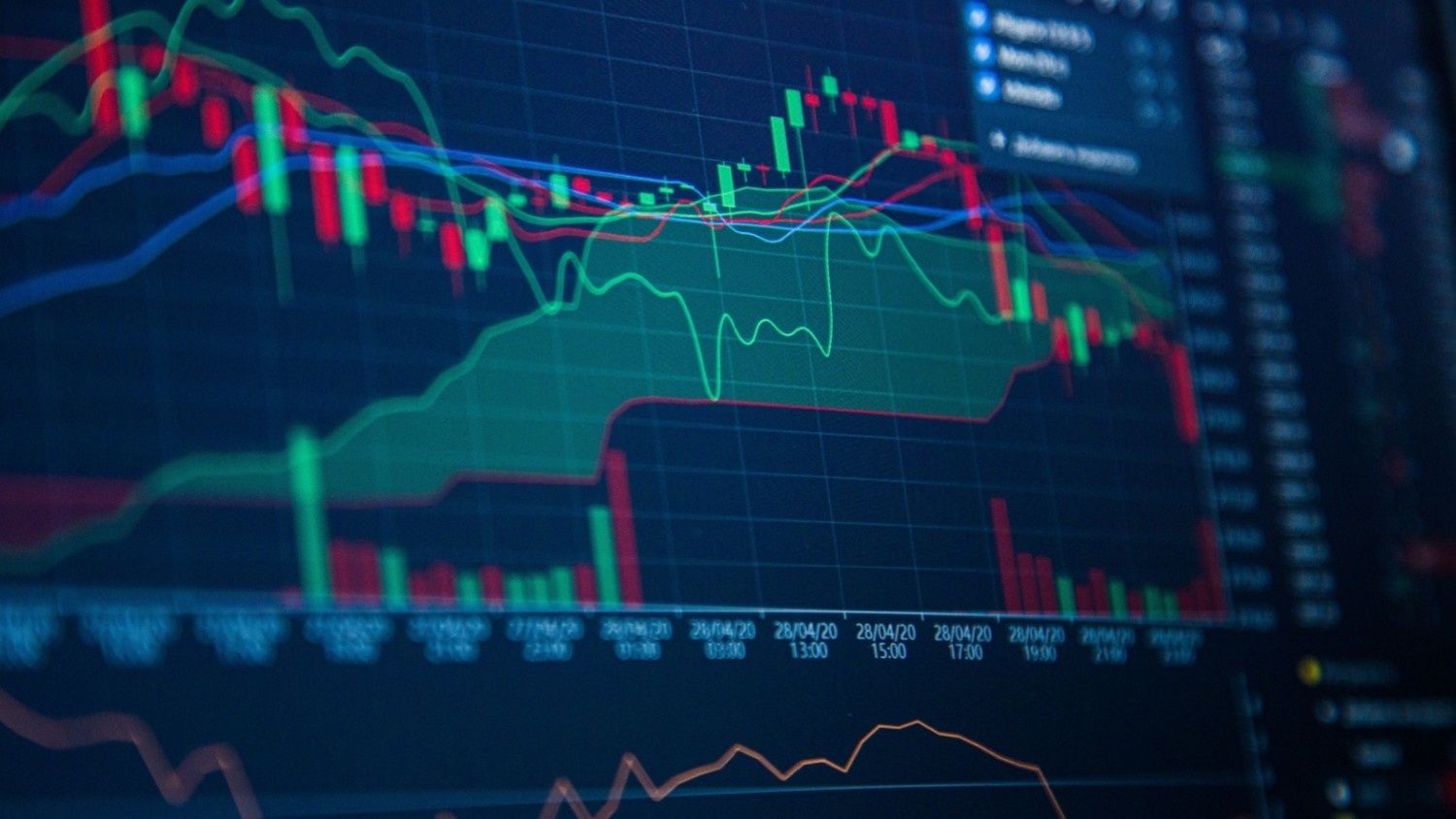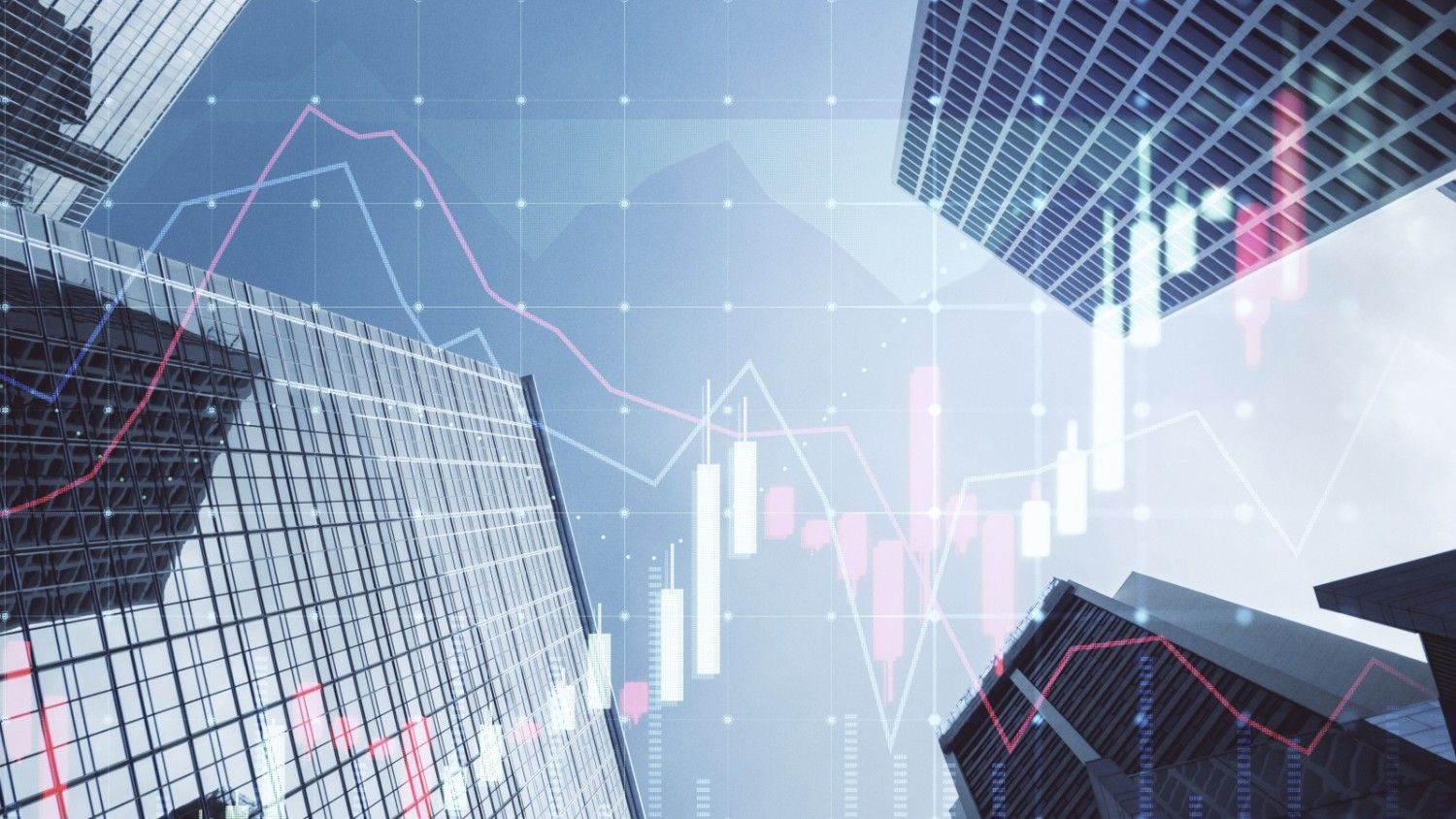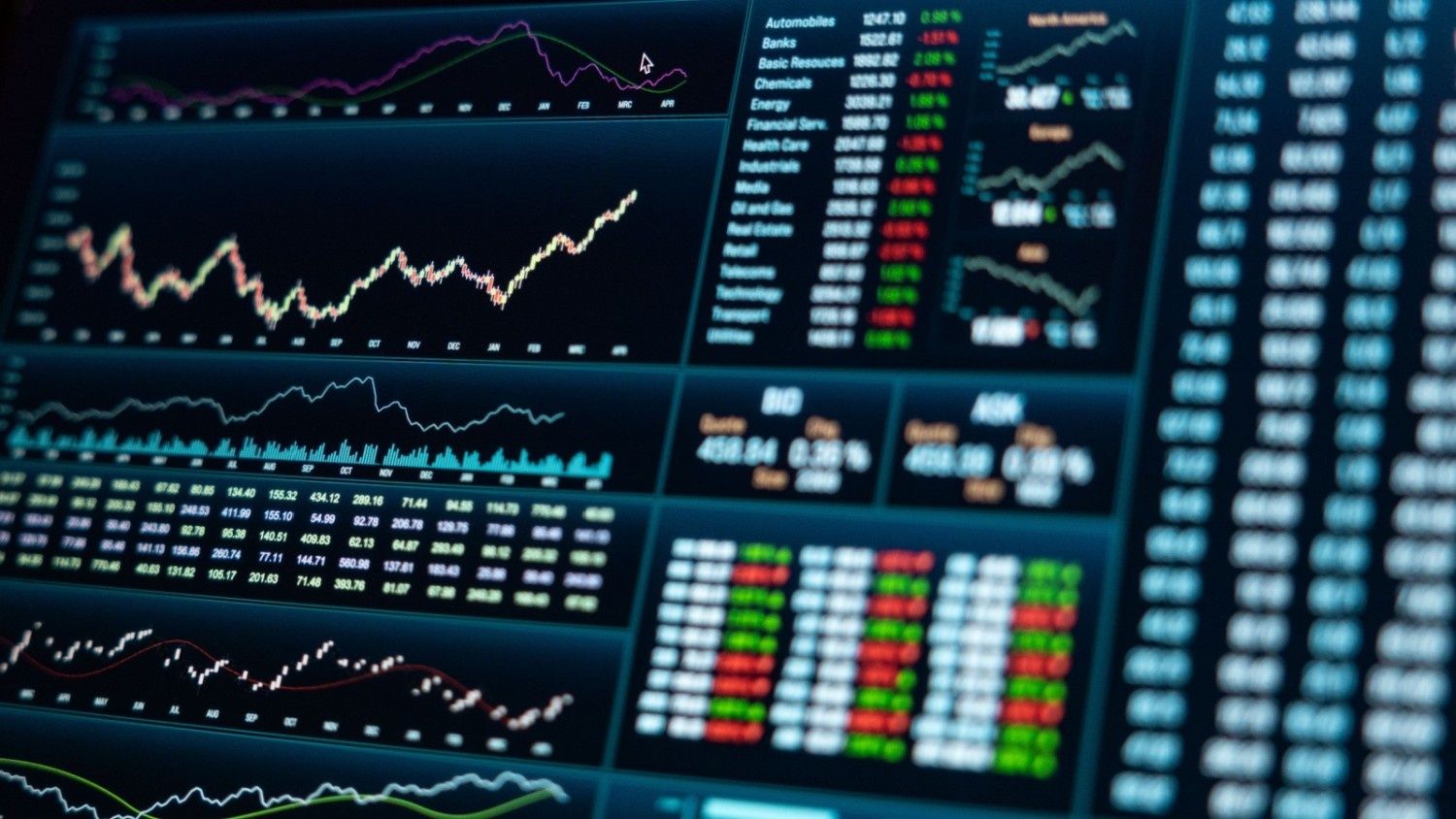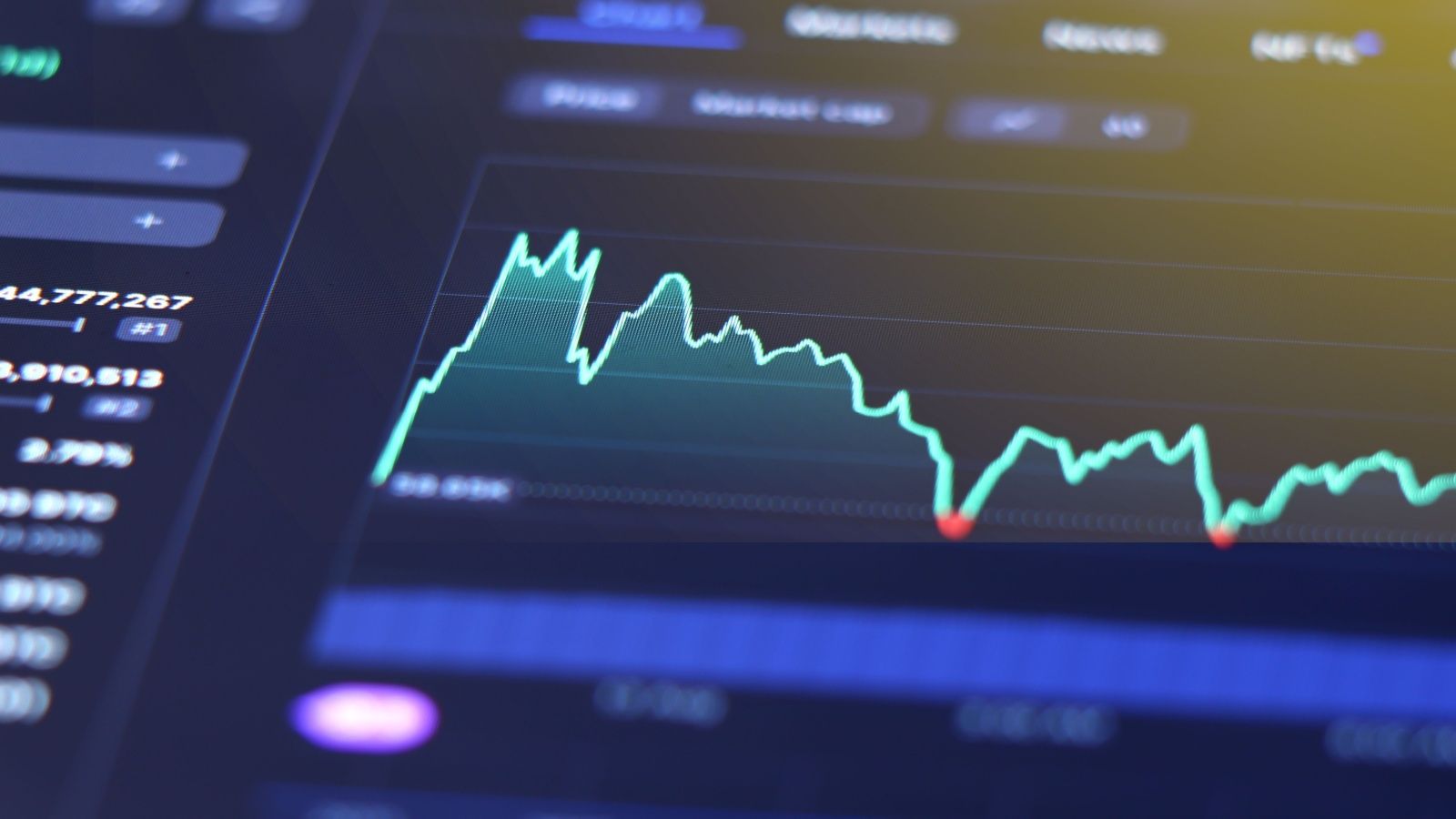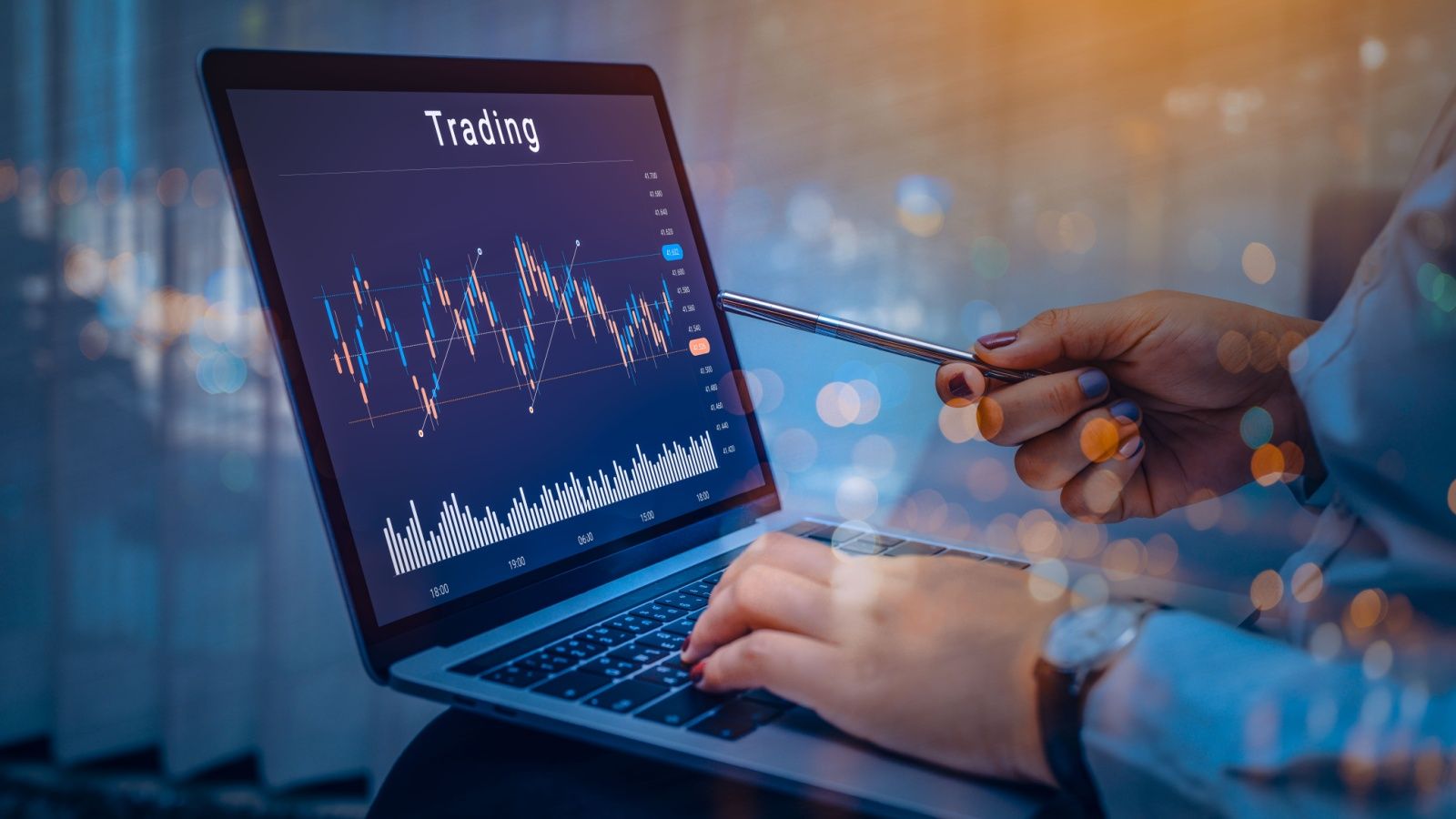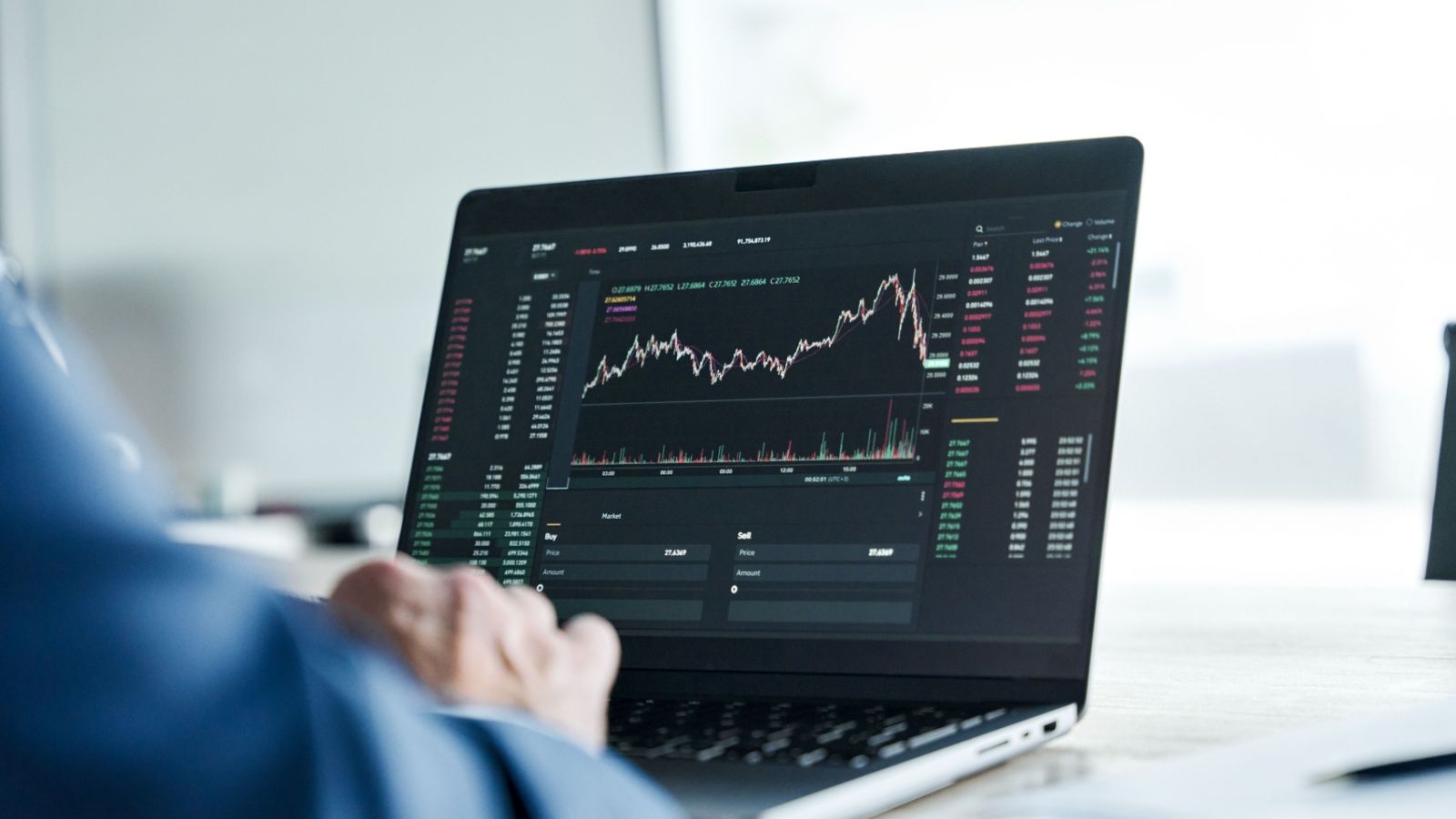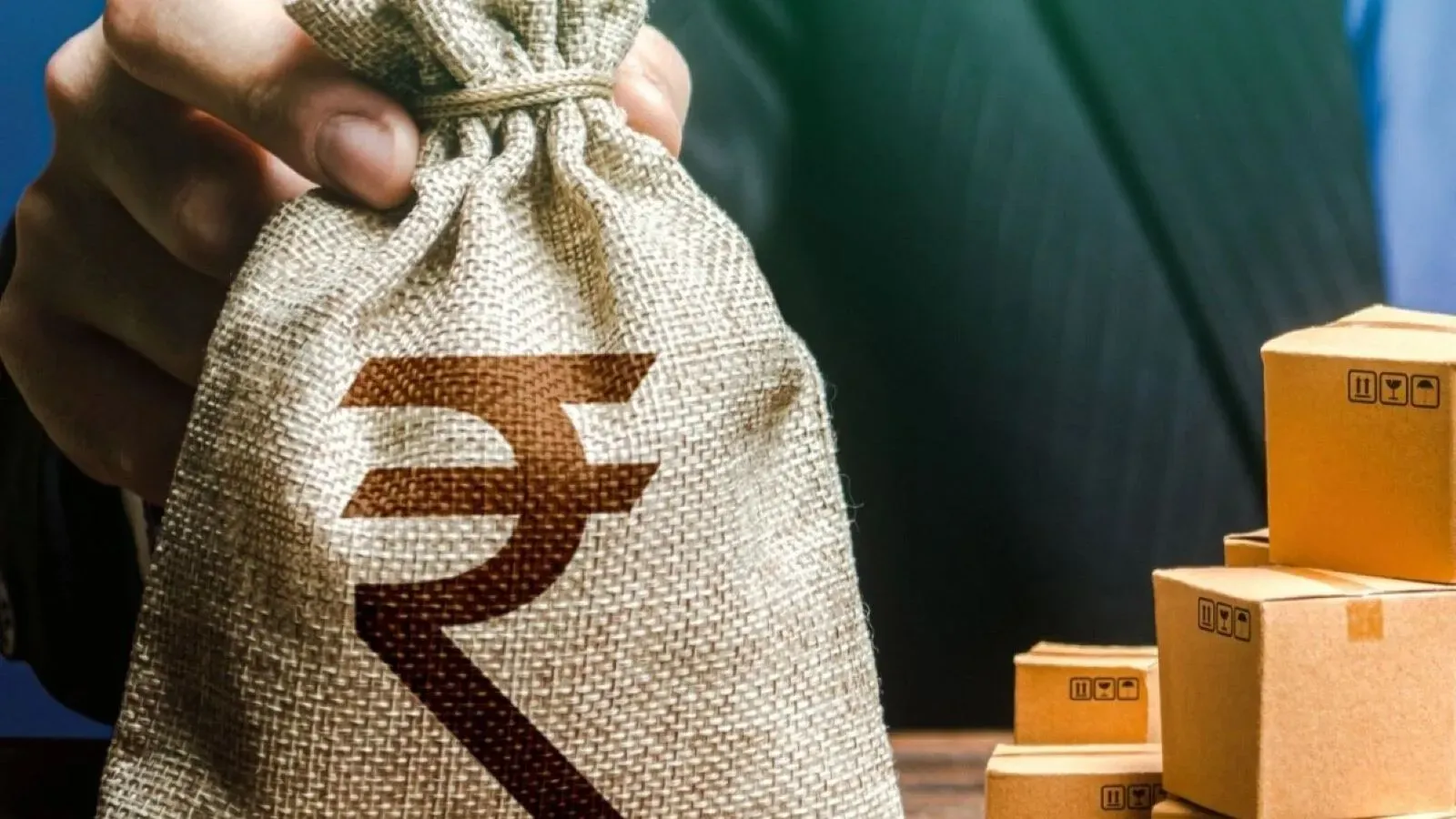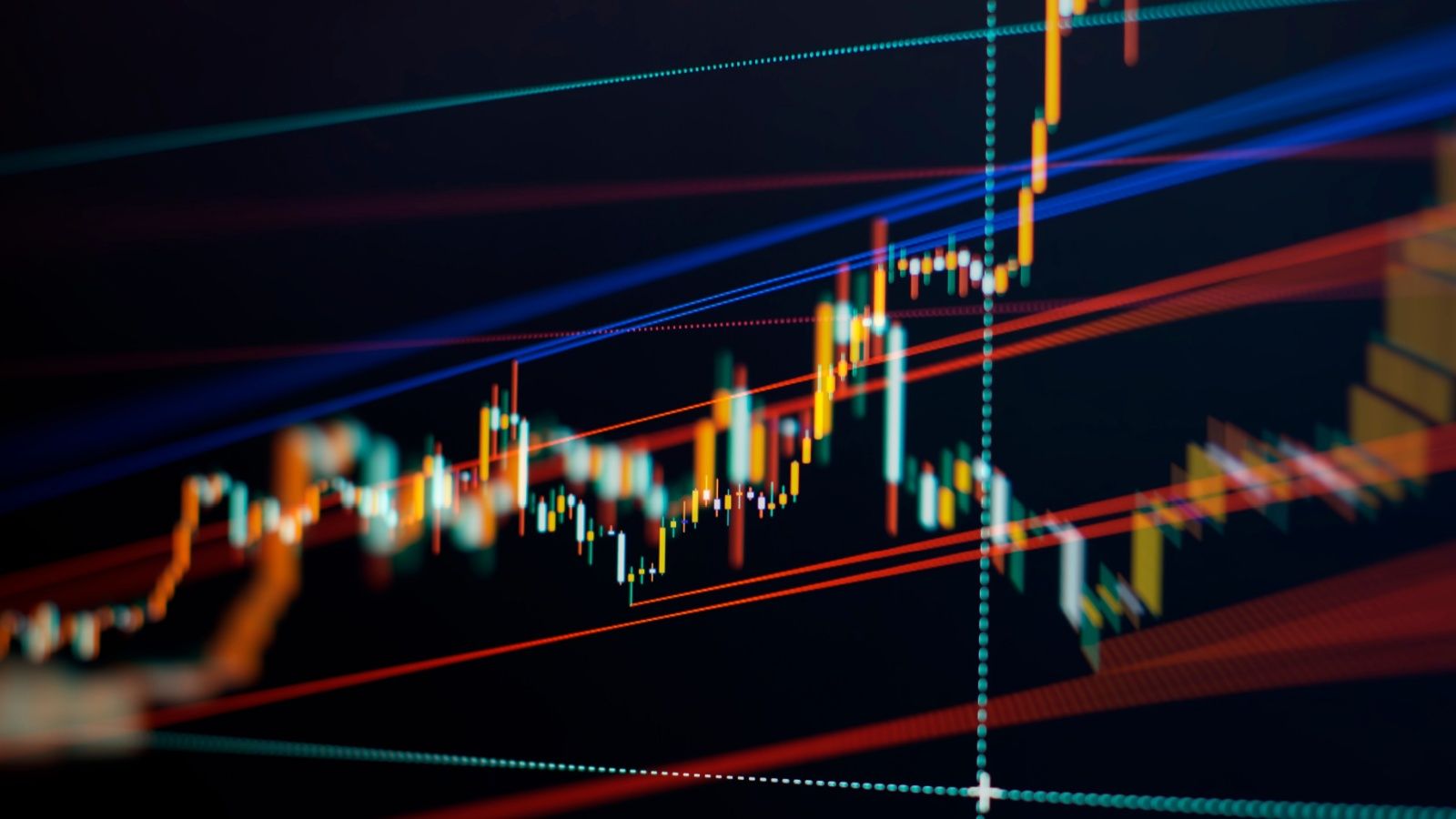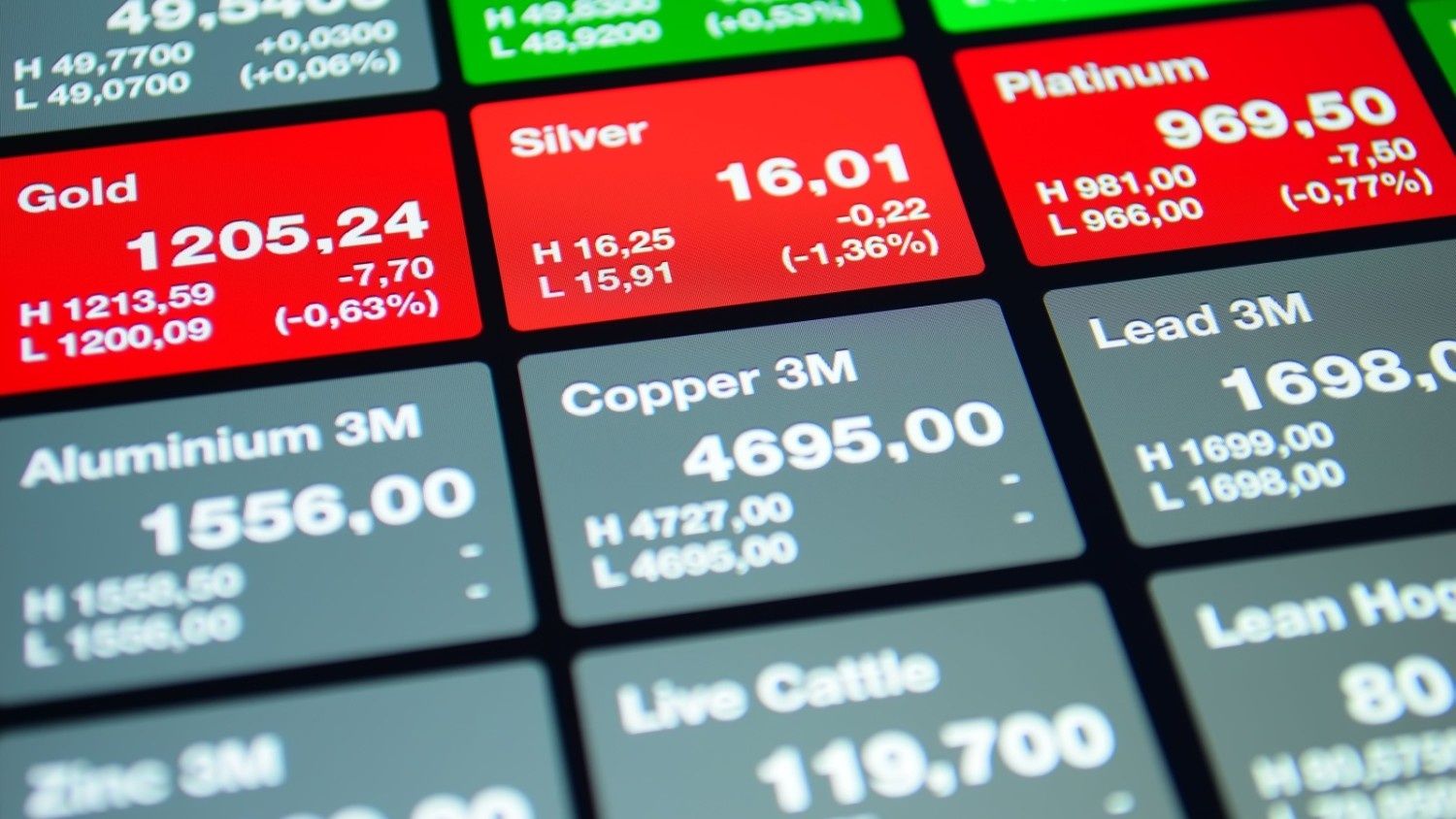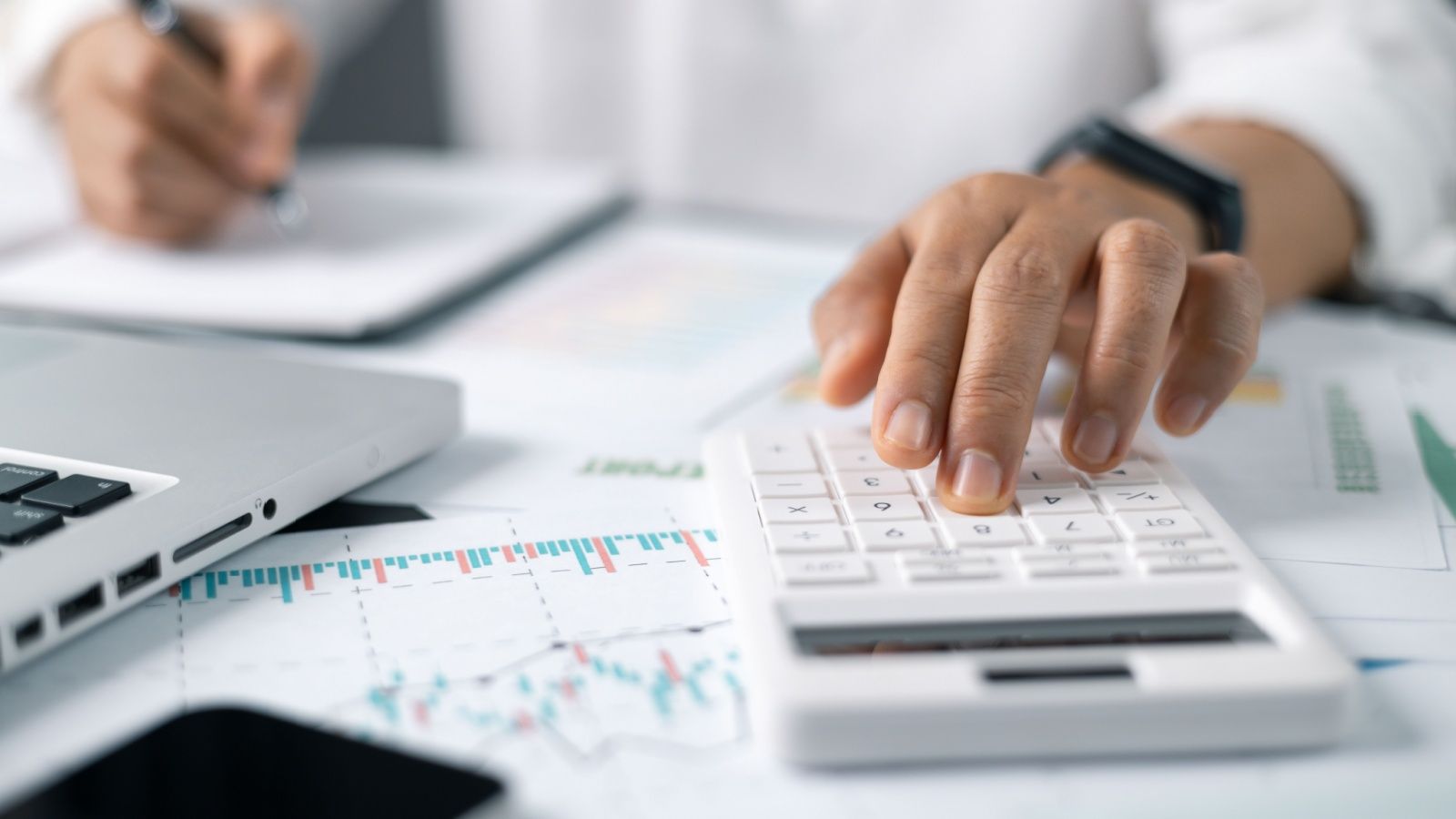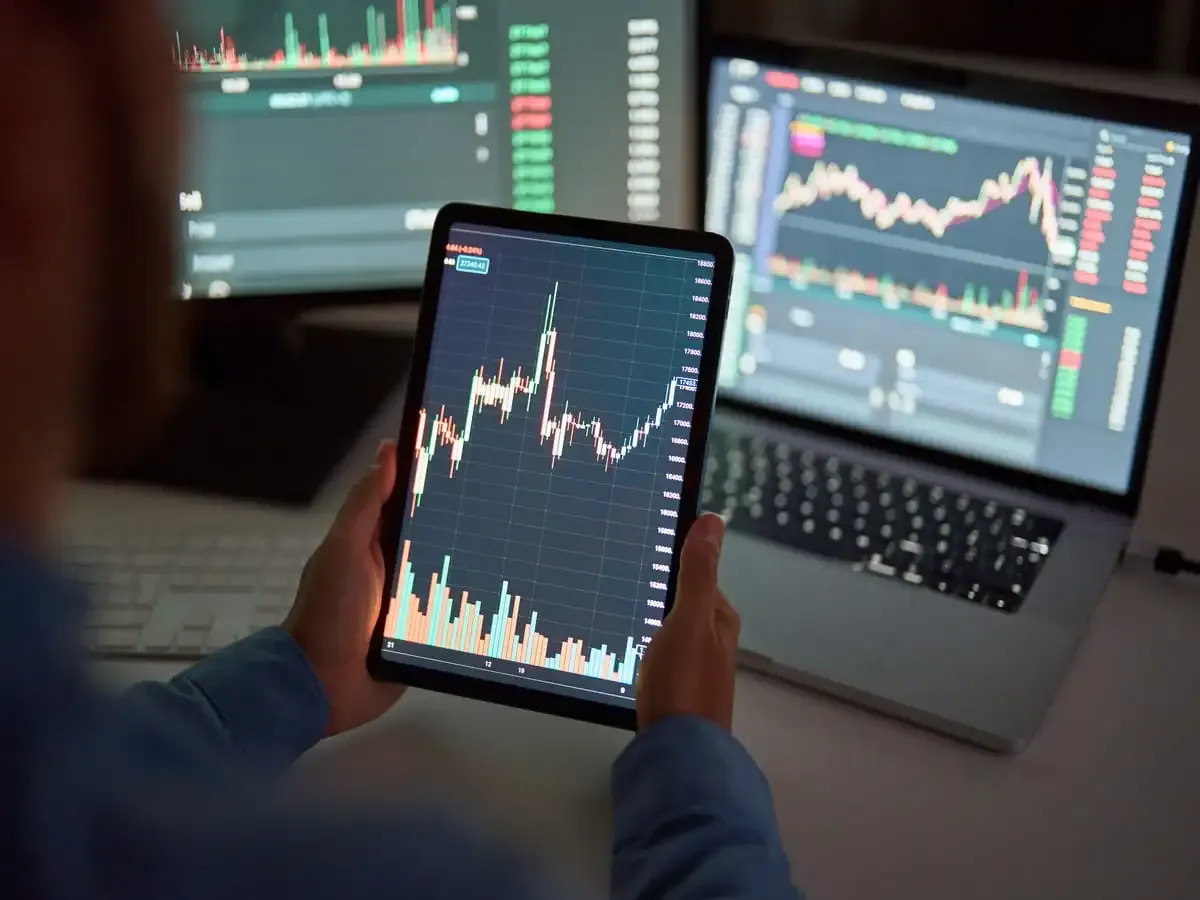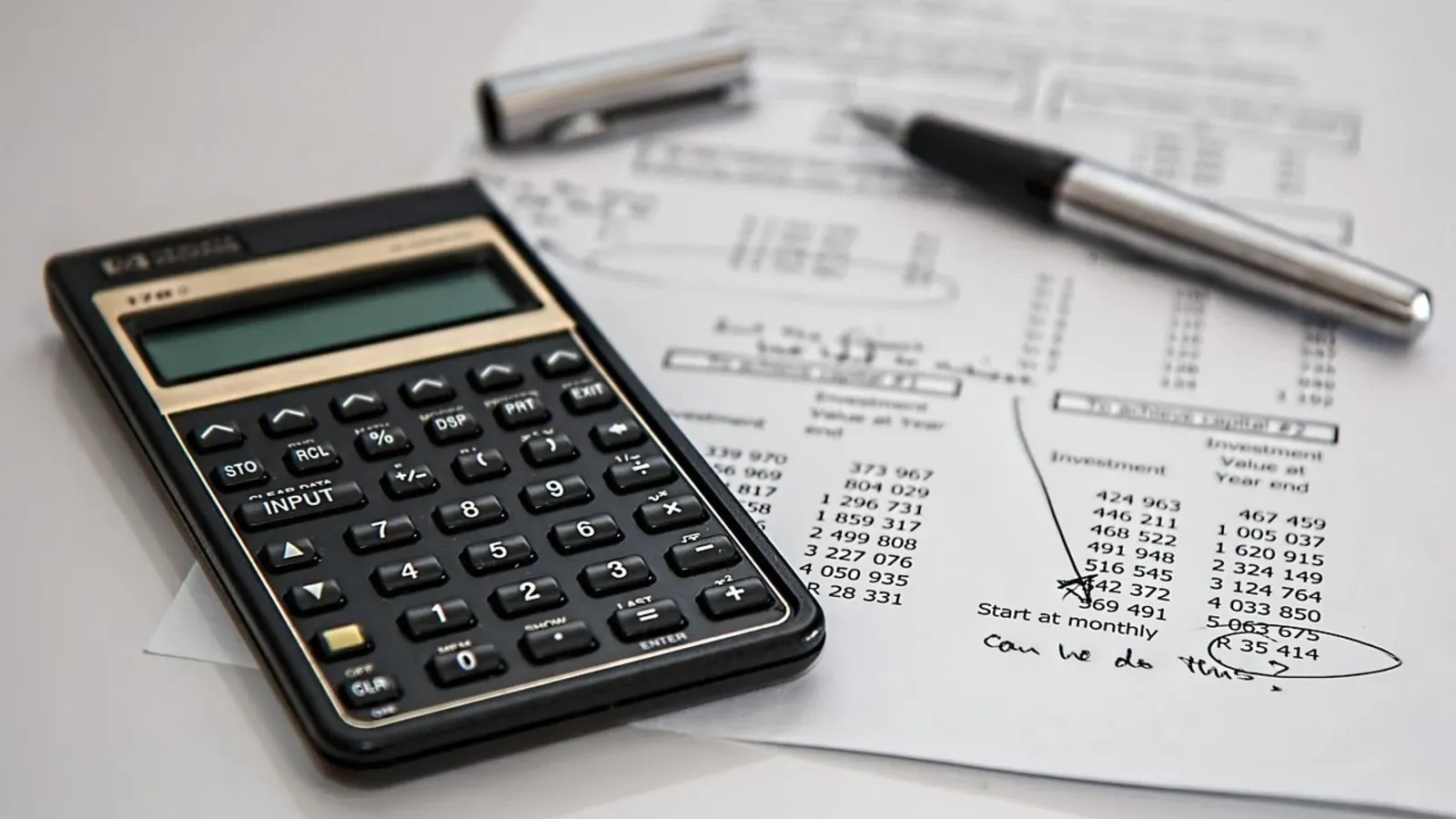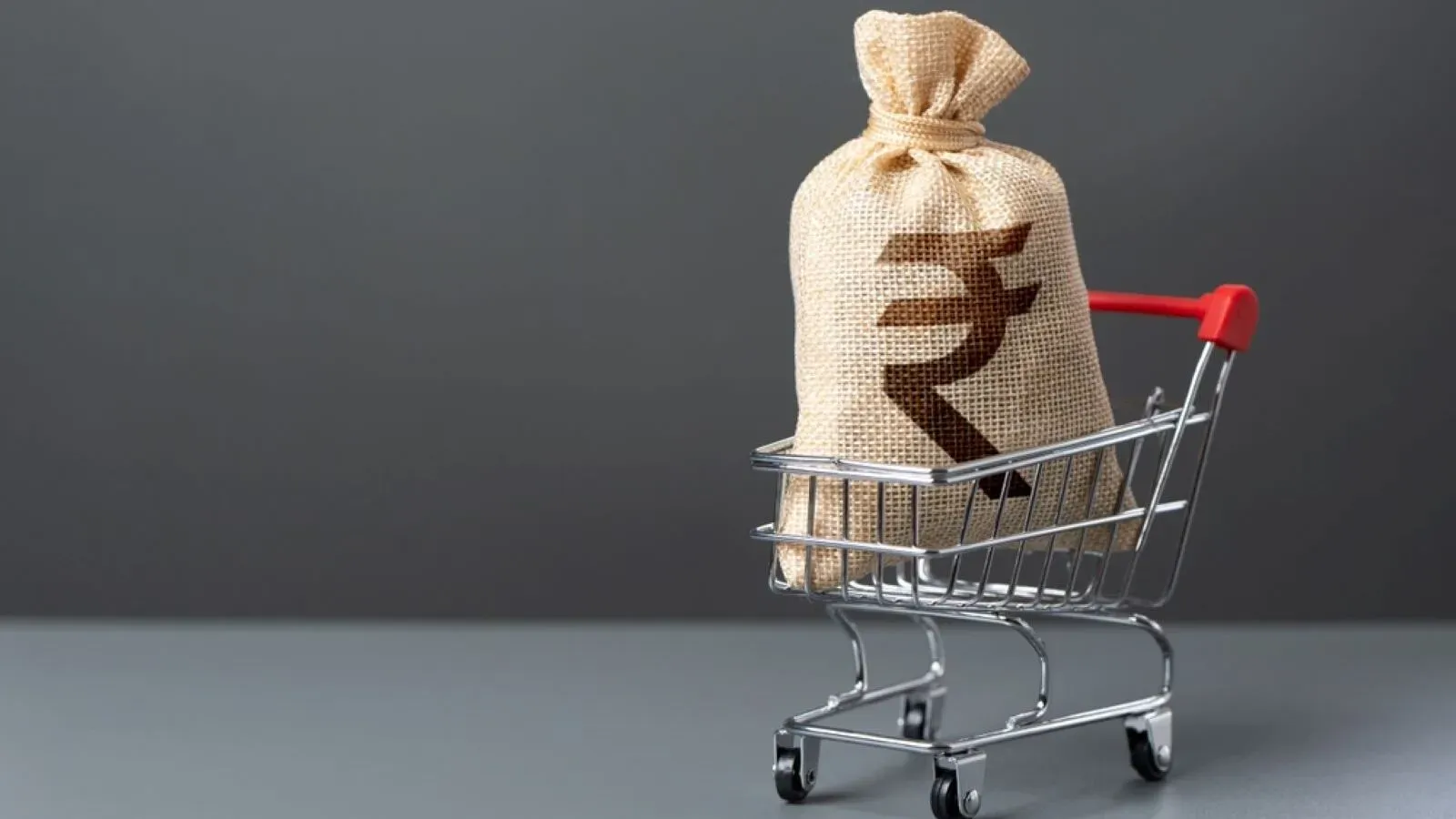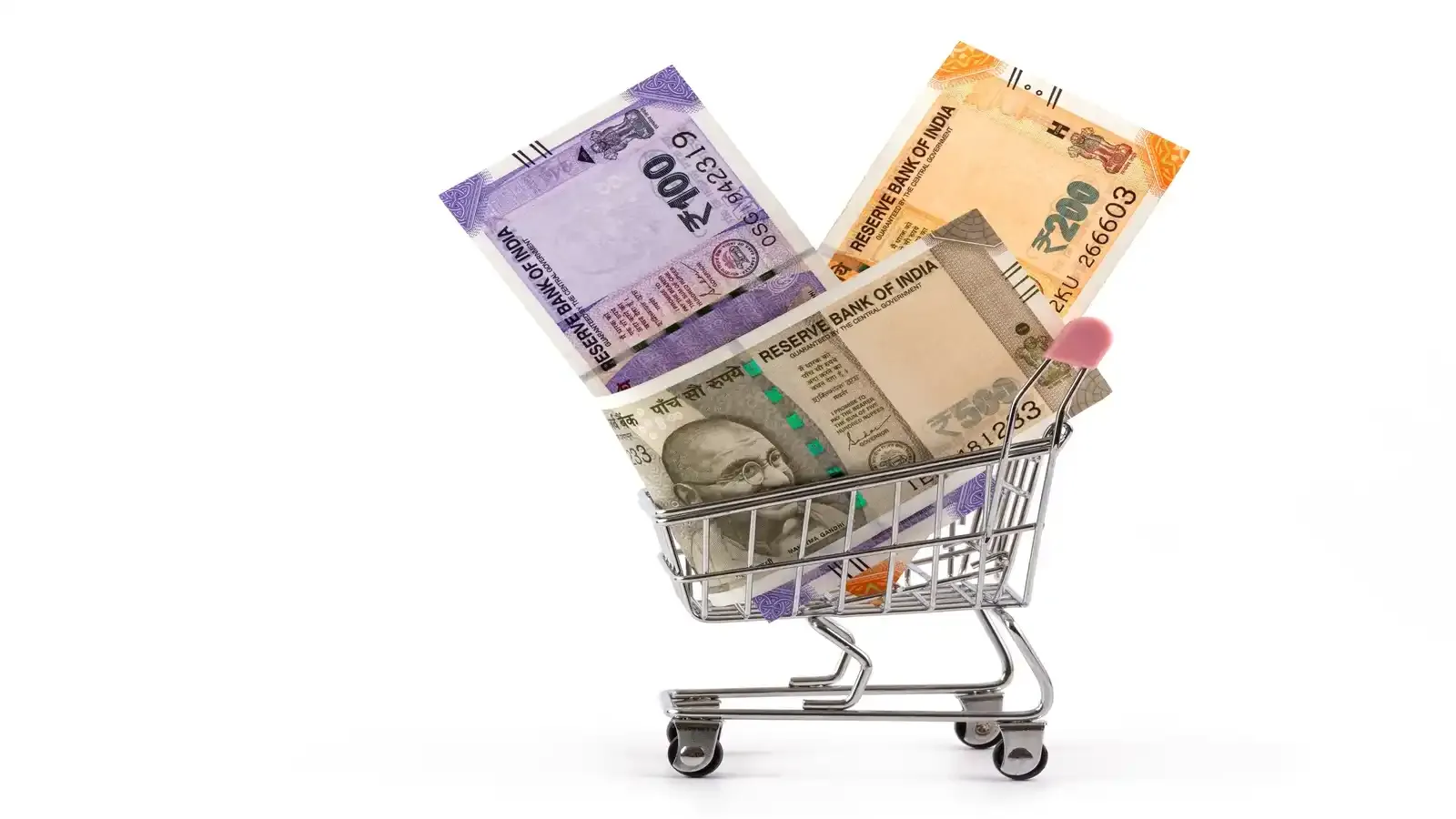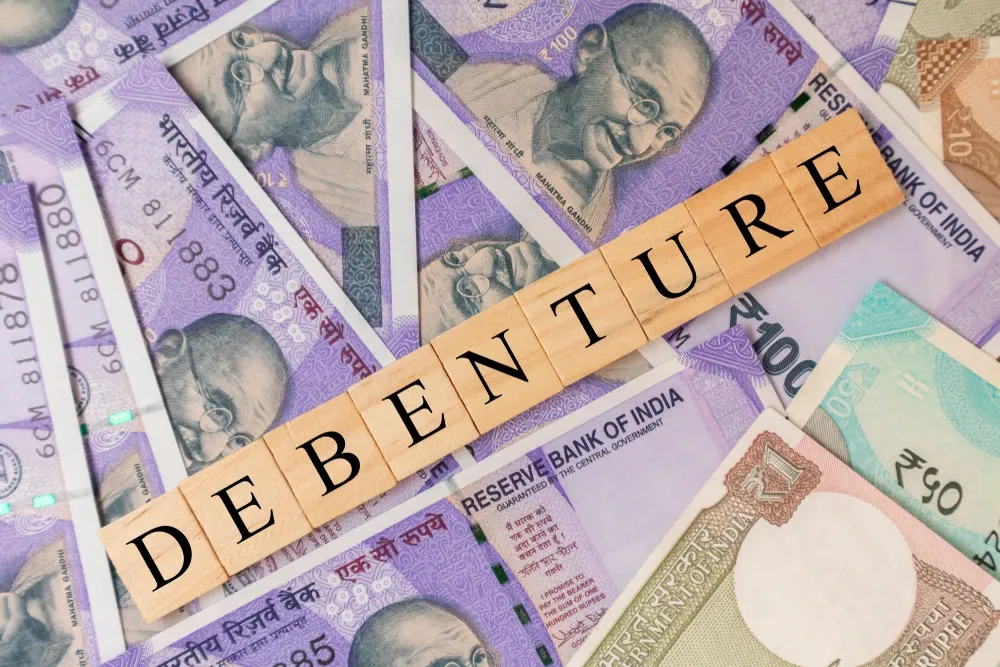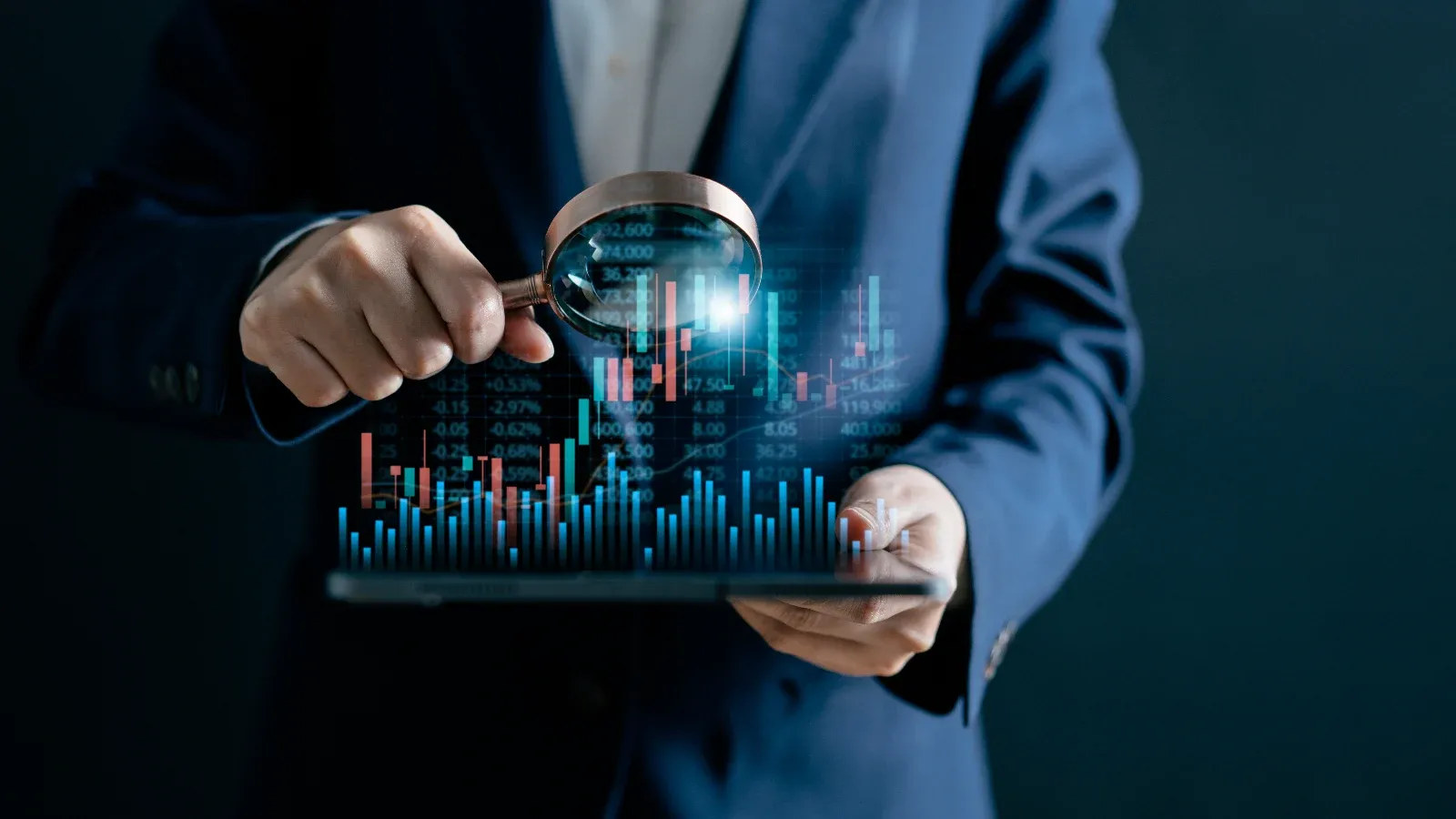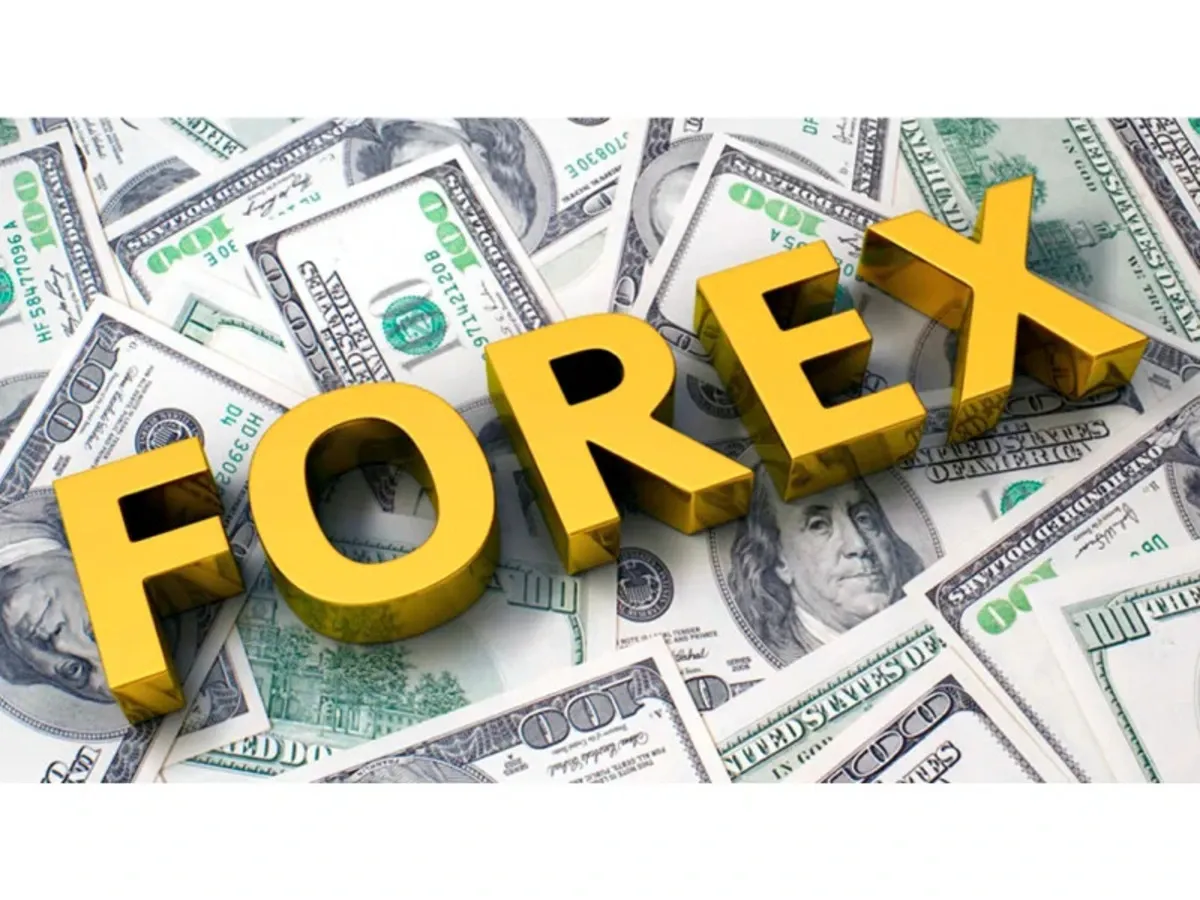Gold vs Silver : Which Precious Metal Offers Better Returns?
Written by Dev Sethia
Published on October 23, 2025 | 5 min read
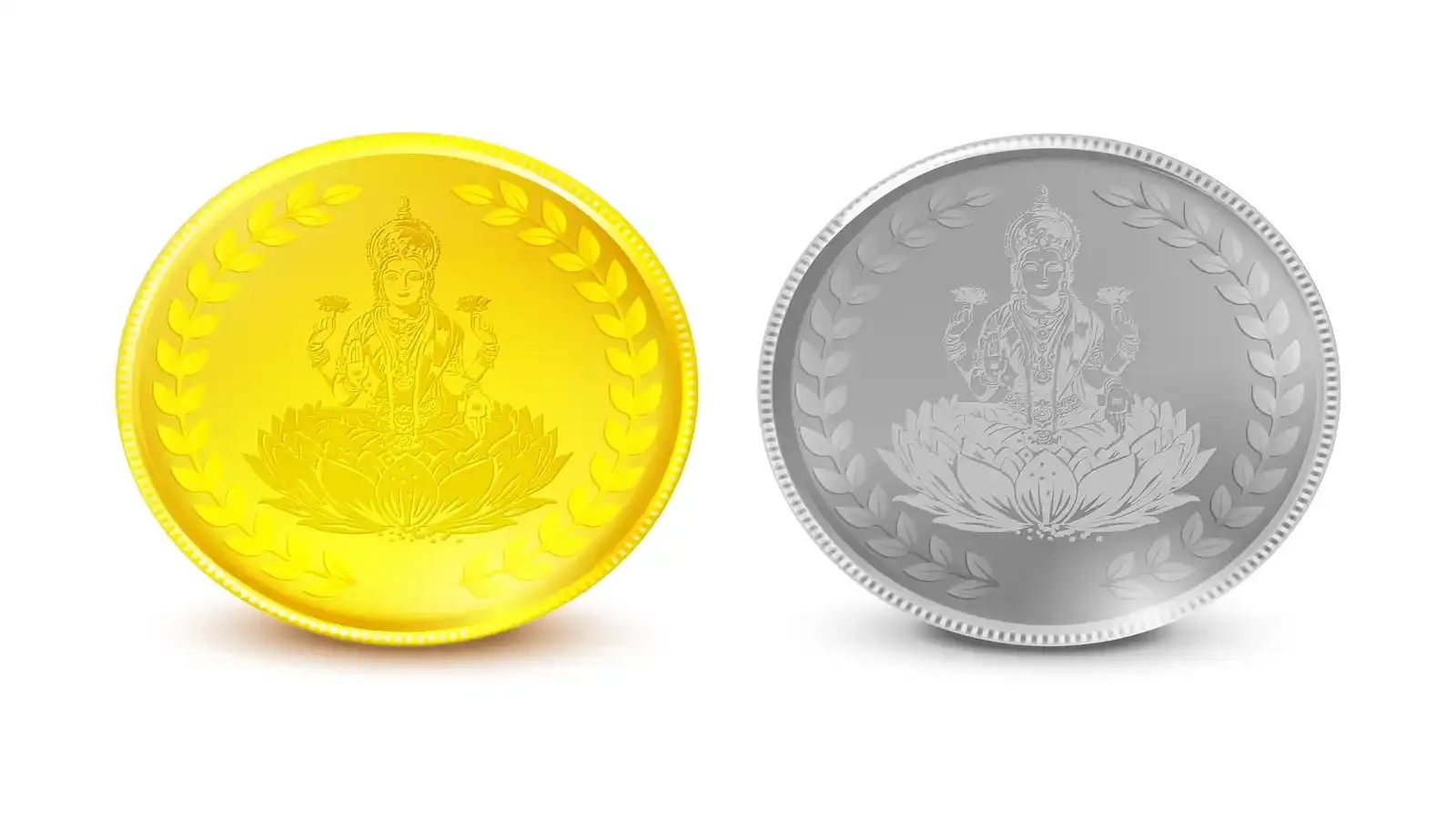
In the ongoing debate between gold and silver for investment purposes, we are discovering that there is a more colorful story: while gold is more stable and always has been, silver has been capable of outperformance in returns because of its greater volatility and industrial demand over the same time period and under certain conditions.
Gold vs Silver Price Trend
Silver is more responsive to economic trends than gold because silver has so many uses in industrial applications especially in electronics, solar energy, medical devices, and more.
That connection to real economy demand can boost returns when the economy is expanding greatly, but silver is therefore subject to more severe price swings. Gold is typically less volatile, and while gold assets become less valuable over short periods of price swings, it is a more stable store of value in uncertain and inflationary environments.
Factors to Consider Before Investing in Gold and Silver
Volatility
When it comes to volatility, silver tends to fluctuate far more violently: it spikes high in a bull market but also falls sharply. Gold does not escape from fluctuations but more often offers a smoother price curve and tends to be more favorable for conservative investors.
Liquidity
In liquidity, both metals are typically widely traded and liquid. However, gold usually has more support in the global marketplace. Silver is liquid but can have slightly less depth, or wider bid-ask, depending on the location and market conditions.
Demand Drivers
With regard to drivers of demand, the contrast is stark. Gold gets demand from cultural, emotional, and monetary utility, i.e, demand to hedge against inflation or currency weakness in uncertain environments.
On the other hand, silver has strong industrial demand in addition to its investment value, and that demand can be amplified with investment when industries such as electronics, alternative energy, and manufacturing grow.
Storage / Handling
When it comes to storage and handling, gold has distinct advantages. Gold is dense, does not corrode, and is easier to store. Silver, as a lower-value option on a per-item basis, occupies more volume for the same value and is more prone to corrosion, creating additional storage or maintenance issues.
Affordability / Entry
With respect to affordability and access, silver will clearly lower the barrier to entry. The lower unit cost for silver makes it available to smaller investors with modest capital. By comparison, gold may be more challenging for the mass retail market to access in significant quantities in its physical form.
Understanding Risk and Volatility in Gold and Silver Investment
Silver's fate will be more tethered to the rise and fall of global industrial activity. In times of economic strength, industrial demand can pull silver's price up more strongly than gold. Of course, that same sensitivity also pulls downside risk more deeply in bad times.
Gold, on the other hand, is generally less dependent on stocks and the industrial cycles. Its lower correlation with equities and other risky assets allow it to be a valuable diversifier during declines or periods of market volatility.
For investors who cannot or simply will not take delivery of physical metal, there are alternative routes: exchange-traded funds (ETFs), mutual funds invested in metals, or mining stock, which offer indirect exposure to gold and silver without the need to worry about storage or purity.
Diwali to Diwali Returns in Gold and Silver
Historic data indicates that from the last Diwali (October 2024) to Diwali 2025, gold returned approximately 52–54 percent while silver returned about 48–50 percent, depending on the exact measurement date and data source.
Another report states gold appreciated about 52.48% from last Diwali, from about ₹79,681 per 10 g (24K) to ₹1,21,500, while silver appreciated about 48.875% (from ₹98,340/kg to ₹1,46,400/kg).
These returns were not solely correlated. They were driven by several factors, including increased geopolitical tensions around the world, a decreasing U.S. dollar, expectations of low interest rates, and strong home festive demand for gold and silver in India.
Is Gold a Better Investment Option than Silver?
Taking into consideration that most people will be primarily focused on capital preservation and reducing their fear due to uncertainty in prices, gold will usually be the safer option. Gold has a more predictable profile, with damage when things go wrong, and is steeped in historical precedent as a safe play for risk-averse investors.
If you have a greater risk appetite, you expect that there will be significant industrial demand growth, particularly in the clean energy or electronics spaces then coin silver could be more attractive. The trade-off is that silver will be a rockier ride, with sharper downward moves, and more frequently than gold.
FAQs
Which is a better investment: gold or silver?
Gold is a greater option for stability and storing wealth, while silver has better return potential but more risk. If you want to be safe, choose gold, if you want to grow your money choose silver, or if you want both choose both.
Can I invest in gold and silver online in India?
Yes, in India you can invest in gold and silver online by using digital gold platforms, ETFs, mutual funds, and sovereign gold bonds all offer relatively easy, safe, and convenient options, plus you do not have to manage it physically.
What makes gold a safer investment during economic uncertainty?
Gold is much safer in times of economic uncertainty because it has the least amount of volatility, keeps its ability to store value, is a hedge against inflation and currency devaluation, and has credible global demand to be a trustworthy store of wealth.
How does industrial demand affect silver prices?
Industrial demand influences silver prices since it has extensive use in electronics, solar panels and medical devices. When industrial growth is strong, it can boost silver prices, while economic slowdowns can lead to sharp drops in silver prices.
Is gold always more profitable than silver over the long term?
No, gold is not always more profitable than silver when looking long term. Silver, because of its higher volatility and industrial demand, will provide better returns during growth cycles, while gold provides more stability and preservation of value.
Is it better to buy physical gold/silver or invest via ETFs or mutual funds?
Protection through physical gold/silver provides ownership and control, but also involves storage and security concerns. ETFs and mutual funds provide simple, liquid exposure and low cost without feeling the metal, which might be best for your circumstances when it comes to convenience and diversification of assets.
About Author
Dev Sethia
Sub-Editor
a journalism post-graduate from ACJ-Bloomberg with over three years of experience covering financial and business stories. At Upstox, he writes on capital markets and personal finance, with a keen focus on the stock market, companies, and multimedia reporting. When he’s not writing, you’ll find him on the cricket pitch
Read more from DevUpstox is a leading Indian financial services company that offers online trading and investment services in stocks, commodities, currencies, mutual funds, and more. Founded in 2009 and headquartered in Mumbai, Upstox is backed by prominent investors including Ratan Tata, Tiger Global, and Kalaari Capital. It operates under RKSV Securities and is registered with SEBI, NSE, BSE, and other regulatory bodies, ensuring secure and compliant trading experiences.




